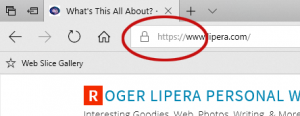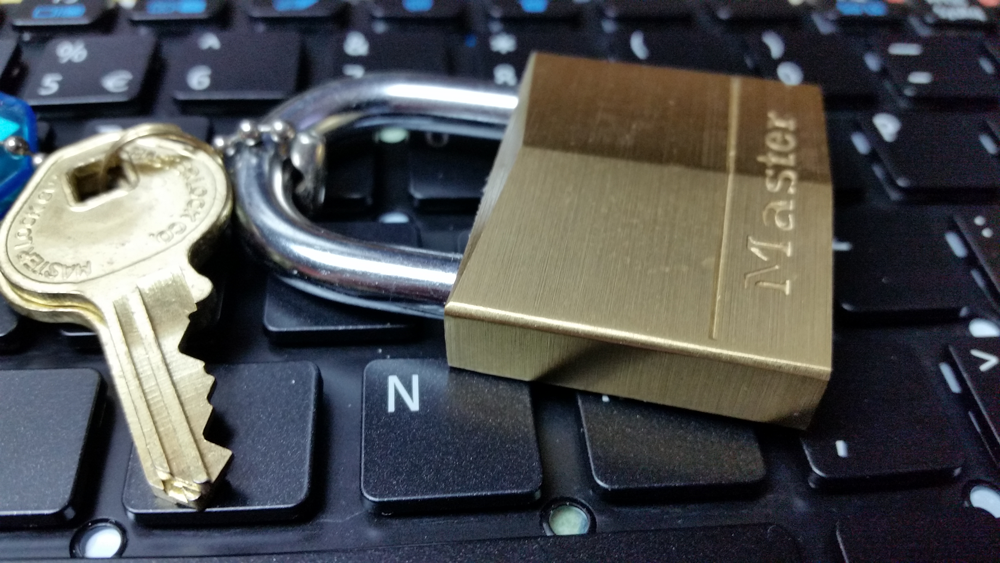
Engadget has recently published an article here that says Google will cause you a great deal of trouble when they come out with Chrome version 68 very soon. Of course, they do not specifically say “Google will cause you trouble”. Rather, they advise that the new version of Chrome will provide a warning that if your site is not using a security certificate. In other words, if you don’t have an SSL certificate and you site is not HTTPS (instead of HTTP), visitors will get a warning.
As you probably already know, Firefox users often have trouble with non-HTTPS sites. In fact, Firefox users often have trouble with sites that ARE HTTPS! You should know that Chrome is the most popular Web browser. That means a tremendous number of visitors, both Chrome and Firefox users, will be getting frightening messages if they go to your site and it is not equipped with an SSL.
Many folks say, “But, I don’t collect any private information, such as credit cards. Why should I worry?”
Well, you should worry because –
1- Firefox blocks access to non-SSL sites and most people do not know how to by-pass the warning.
2 – Non-secure sites (HTTP) are discounted on the search engines.
3 – The new Chrome warning will scare visitors away from your site.
4 – Non-secure sites are actually more likely to be hacked.
5 – Your corporate image is harmed if you don’t use HTTPS and visitors get warnings.
You should get in touch with your host company if you are not already using SSL. If you are a Blue Host client, and you use WordPress, an SSL is included in your hosting package at no extra cost. BUT, it has to be activated. If your site is not HTTPS, activate your SSL now. Log into your account and follow the instructions, or get in touch with the Technical Help desk. If you are not a Blue Host client, get in touch with your host today and see how much a certificate costs and have it installed.
This is very important and I cannot stress enough that you should “get on the stick” of you haven’t done it already.
